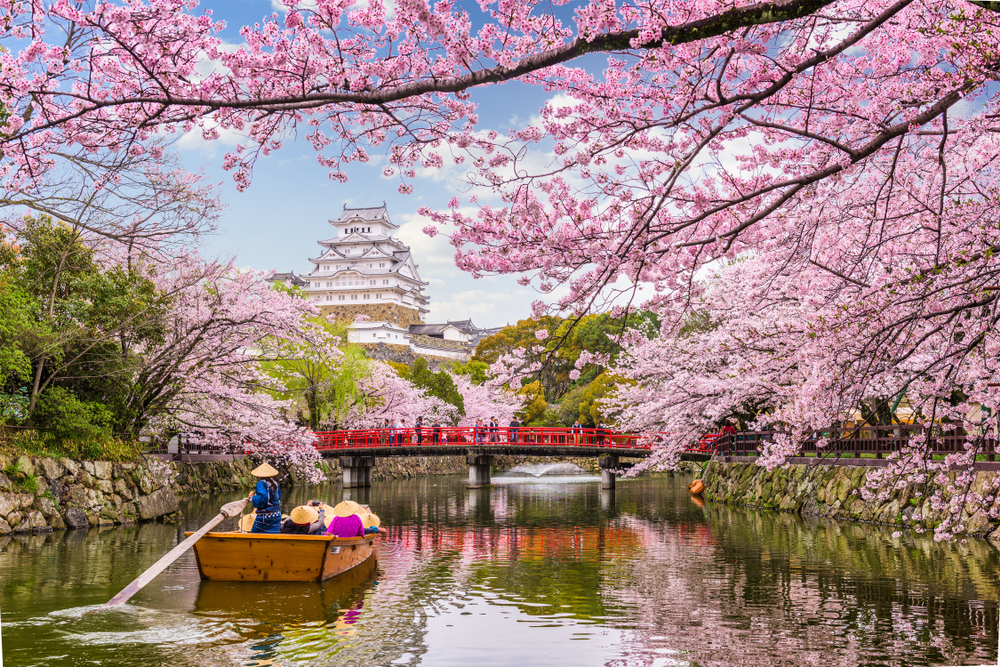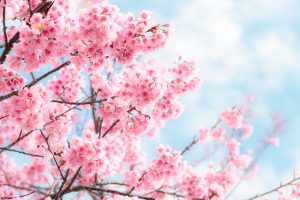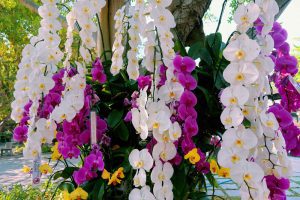There are two flowers that are considered the national flower of Japan. Both are celebrated with pomp and circumstance at different times of the year.
Cherry blossoms, called sakura in Japan, are a national flower that is honored with song, poetry, and festivals in the spring known as Hanami.
Additionally, the chrysanthemum is often considered the official national flower in Japan and is used on the imperial seal, coins, and many diplomatic buildings and organizations.
Both flowers are used as national symbols, and both names of both flowers are given when the question of Japan’s national flower comes up.
Let’s take a closer look at these flowers and why they are important to Japan.
Table of Contents
Sakura Symbolism
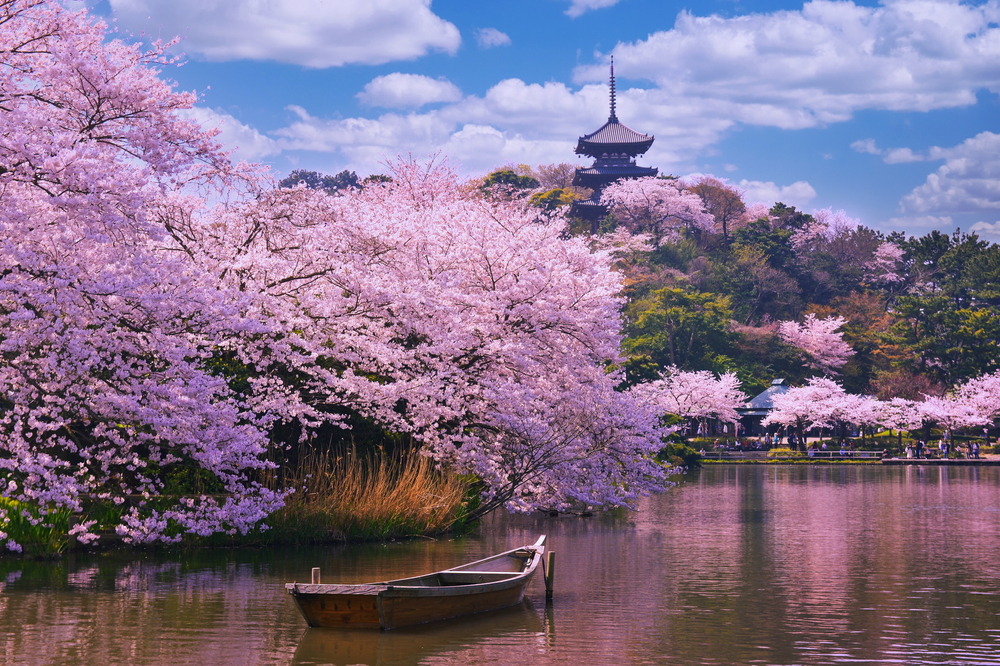
Sakura is the Japanese word for cherry blossom. IT is a revered flower in Japan, so much so that it is considered one of the nation’s national flowers.
It is used in many elements of life, including dessert, tea, wedding décor, and beverages, and is seen in many Japanese tattoos.
The sakura can also be found on the Japanese 100-yen coin, as it is a significant component of the culture of the country.
The Japanese look forward to spring, as it is a season of celebration of new life. The sakura, or cherry blossom, is not just about a beautiful flower shown on coins and in poetry.
It is a symbol of a new life for the Japanese. The cherry blossom tree, or sakura tree, is planted all over the country. If a street is lined with sakura trees, it is referred to as a sakura namiki.
Sakura symbolism can be found everywhere in Japan. In textiles, on kimonos, in song, and even in children’s schools.
The Sakura is used in spring for graduation ceremonies and is a typical flower seen in any ceremonies that represent new beginnings.
Sakura Season
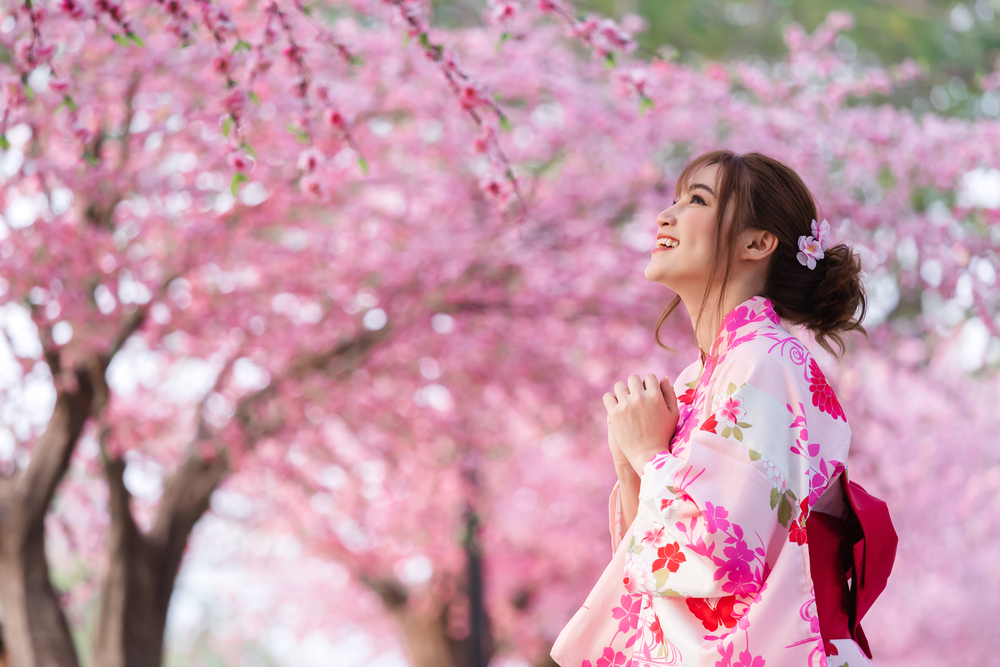
The sakura dominates the spring but it has a notoriously short season. Although the trees themselves can live for many decades, the sakura season in the spring is only a few weeks long.
The trees will grow to approximately 25 feet tall and are most beautiful when they appear in groves or large groups.
They may only flower for approximately one or two weeks at most in the spring, and then the blossoms will fall to the ground, creating a stunning carpet of petals.
In Nara Park in Japan, there are 1,700 sakura trees and in bloom, the park is a sight to behold. When the sakura is in bloom, it is a period known as hanami, which translates to “flower viewing.”
The Japanese will gather and have picnics to simply look at the blossoms. During hanami, the Japanese will have parties for viewing, where they enjoy the flowers with tea and sake.
The Japanese also celebrate the sakura by making it into ice cream and rice cakes that are filled with pink bean curd are considered a national delicacy.
The sakura is not just a pretty national flower for the country, its meaning represents life and life’s transitional nature.
Hanami
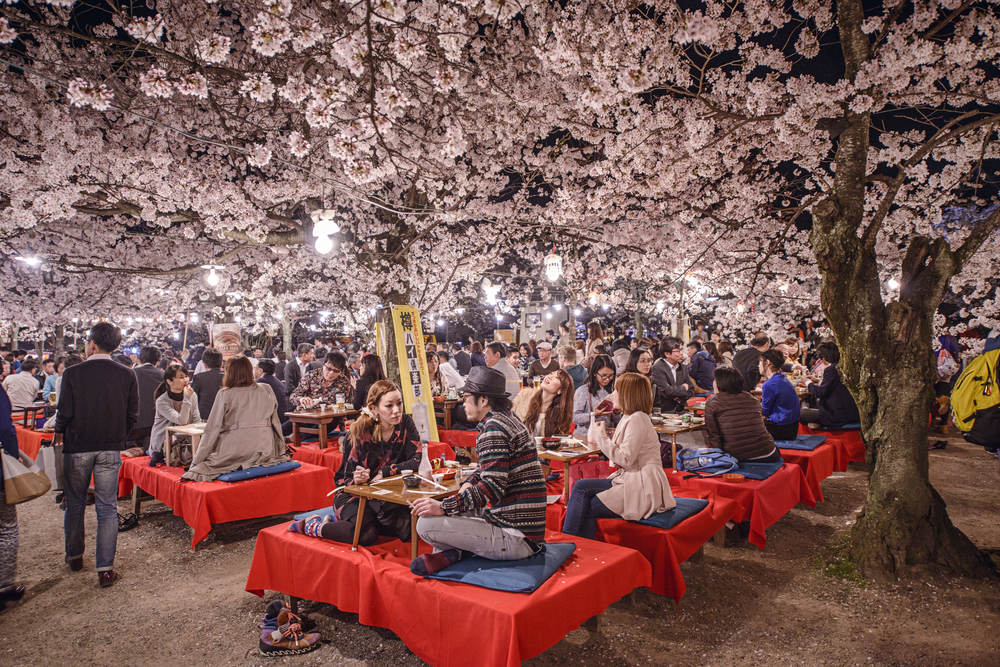
Hanami is the season where the cherry blossom is honored, and it is a short season. It typically begins at the start of April and will last for the remainder of the month.
For the Japanese, this season of the blossoming and the falling of the petals symbolizes the idea that “this too shall pass.”
The season of hanami depends on the season of blossoming, which is never precise from year to year. As such, predictions are part of the festivities of sakura.
When will the sakura bloom this year? When can we plan our hanami picnics?
The symbolism of this national flower is something that brings locals and tourists alike from all over the world to celebrate its beauty and national significance.
Chrysanthemums in Japan
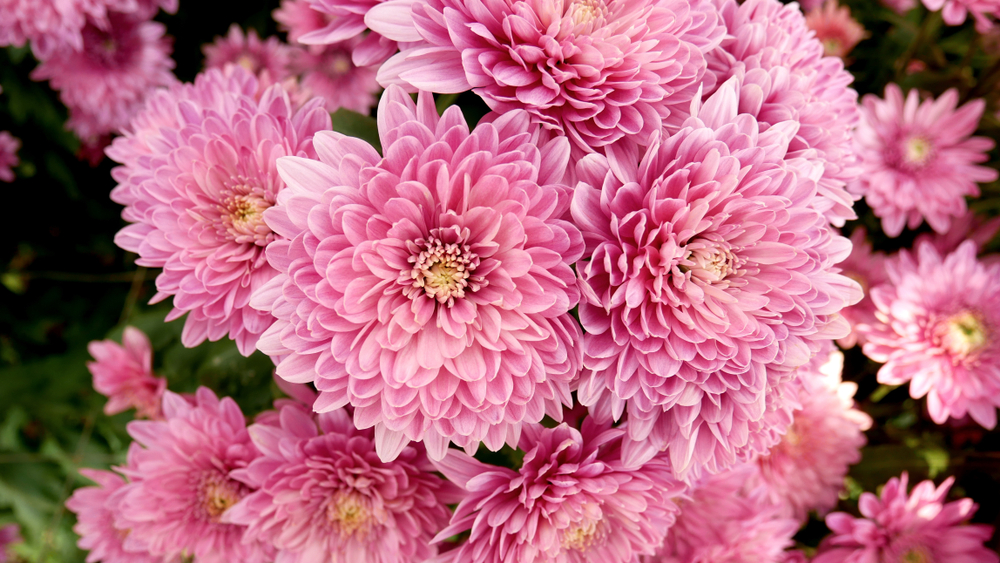
The sakura is not the only national flower in Japan. The chrysanthemum, called kiku in Japan, is significant as a national flower as well. This national flower has been significant to Japan since the early eight-hundredth century.
The flower became an important flower for Japan as it was adopted by the emperor in the imperial courts of Japan. It has been used medicinally but is also a flower used for looking at and enjoying.
In the thirteenth century, Emperor Go-Toba picked the kiku as his own personal flower, and thus the chrysanthemum became more meaningful to Japanese society.
Like sakura, it is now honored in poems and songs and at annual festivals.
The kiku is also seen in art, dress, and is found on imperial seals and the emperor’s throne. Many in Japan call it the chrysanthemum throne.
September 9 is National Chrysanthemum Day in Japan, which is also known as the festival of happiness. The national holiday to celebrate this national flower has been in existence in the country since 910 AD.
Japan’s Imperial Seal
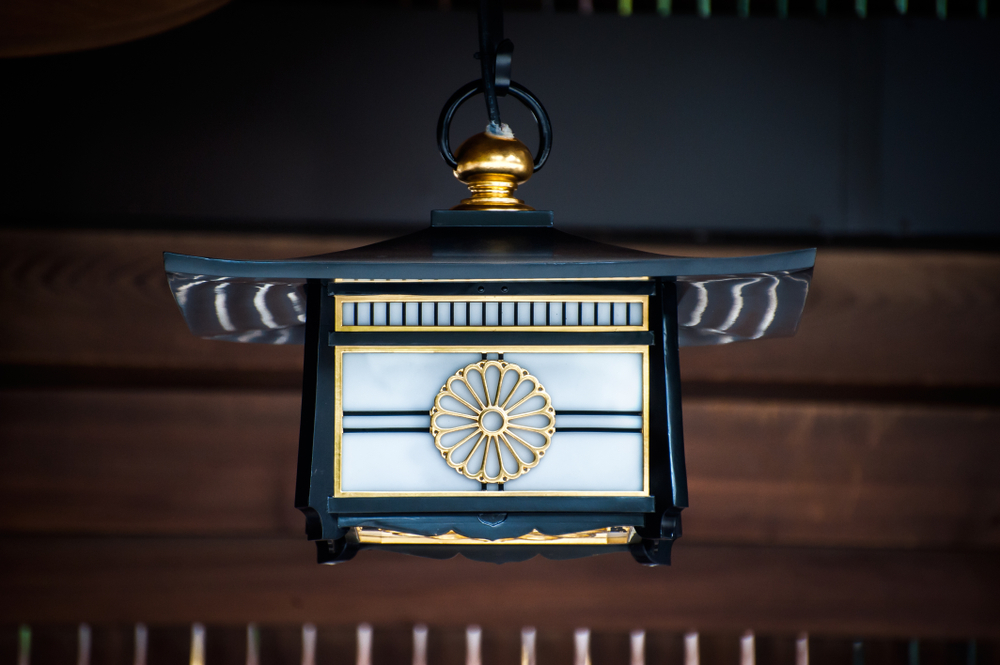
The chrysanthemum is seen on Japan’s seal, called the Chrysanthemum Seal, and is also the National Seal of Japan. It is also a prominent symbol for the Imperial Family of Japan.
This came into existence officially during the Meji in the 1800s and was established as a prominent symbol due to the fact that the Japanese had already been celebrating the flower for hundreds of years.
The kiku cannot just be any chrysanthemum, however. It must be one that has 16 petals on one row behind an additional row of 16 petals.
The flower has taken on such social and political significance that emperors of Japan have even tried to outwit each other with the flower.
One, Emperor Go-Daigo wanted to break this tradition and attempted to adopt a 17-petaled chrysanthemum as the national flower.
This failed, and his flower was overtaken by the 16-petalled kiku of the Northern Court by Emperor Kogon.
Today, more than 350 kinds of chrysanthemum dominate the Japanese culture, and hundreds of thousands of kiku species exist in the world.
The ones in Japan are unique to the culture and revered in the country for that reason.
The flower of the imperial seal is celebrated during a festival called Kiko Matsuri every year. Although September 9 is National Kiku Day, the festival is held every year in November in Tokyo.
Here, visitors and residents alike can see a wide range of chrysanthemums that have been nourished and grown by the best florists, botanists, and landscapers in the nation.
Some displays will have as many as 2,000 blossoms each, with each blossom showcasing a distinct 32-petal variety.
Explore Japan’s Flowers
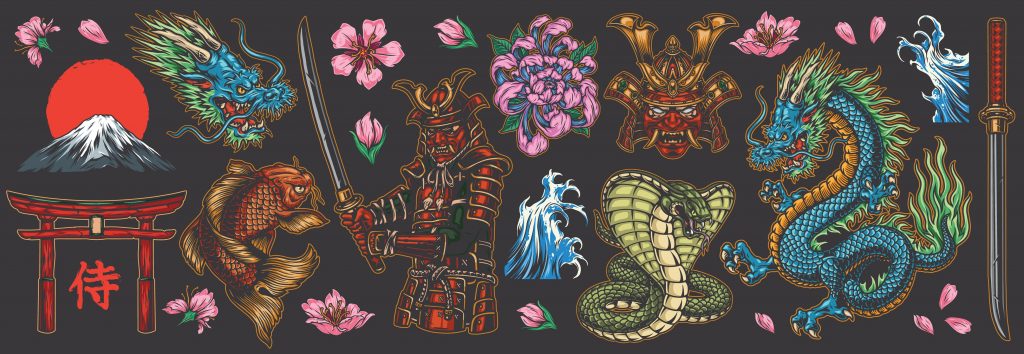
Both the cherry blossom (sakura) and the chrysanthemum (kiku) are the national flowers of Japan.
Both enjoy prominence at festivals, on coins, and in Japanese poetry. Both flowers also have a political and cultural significance in Japan, where they are revered and celebrated for the role they have played in the country’s history.

